Covid-19 has certainly change everyone’s lives a lot. While our little island has been spared relatively well from the virus’ onslaught elsewhere – thanks largely to our government’s foresight and immediate action starting in mid-Jan – there’s nonetheless an unmistakable sense of anxiousness as we continue to watch the devastation in Europe. Our island has just experienced its first deaths, almost two months since the first infected cases were discovered in Singapore on the 23 Jan – and our health ministry had long forewarned that as well as our health infrastructure is currently coping, it was a matter of time before we saw our first casualties.
Back at home, most of us continue to try to adjust to the new normal both at the workplace and at home – which includes that when things break at home, they have to get replaced. The Ecovacs Deebot 900 we’ve had since August last year worked well for the first six months, aside from the odd occasion where the bot would get stuck somewhere in the house – usually because of cable entanglement. And when the Deebot got revived, it’d routinely ‘forget’ the carefully constructed map of the house it uses to clean. It was pretty annoying having to get the bot to rescan the entire apartment every month or so, but at least it wasn’t a crippling error.
And on that, the Deebot failed altogether a fortnight ago from the dreaded LDS – Laser Distance Sensor – malfunction, and no amount of coaxing would revive it. A quick conversation with the missus centered on whether we should get a replacement bot – our third in under two years – and the answer was a resounding ‘yes’. These robot vacuum cleaners have been instrumental in keeping the apartment’s floor reasonably clean everyday. And even though we do engage home help to clean up the house, that only happens once a week.
A bit of research showed that the Deebot’s LDS malfunction wasn’t unique to my unit: a number of other owners like here and here have likewise experienced the same. Further looking afield also showed that there are also other bot cleaners – and not just from Ecovac – also facing the same failure over time, so it seems to be a flaw in the general type of technology. For SGD400 a pop, one would have expected these machines to last longer than seven months. For the replacement bot, I resolved not to get a similar model from Ecovac. The challenge though was that most of the models with the kind of features I’d like retained – local warranty, memory mapping, mopping, app-driven, and easily available replacement parts – would typically cost SGD600 and above.
Still, I finally settled on the Xiaomi Viomi V2 Pro Robot Vacuum, which ticked all the feature boxes I required. And with a couple of vendor discounts applied, it was had for just over SGD400 i.e. slightly more than what I paid for the Deeboot 900 last year.
A week after use, my comments!
The box included the unit, two side brushes, succinct start-up guides, charging dock and cable, and three containers for different cleaning modes – but it was otherwise bereft of spare parts. Not quite like the Deebot, which included spare roller brushes and HEPA filters. Thankfully, replacement parts are easily available on Qoo10 and Lazada, so once I’ve settled in this bot, I’d pick up a few spare parts for it.
Like the Deebot 900, the Viomi V2 is controlled largely from an app, Xiaomi Home in this case. Both iOS and Android versions area available and seem to work identically, and you can have the app on multiple gadgets to control one device too. Connecting the Deebot to the Ecovacs app was pretty tedious and required several tries last year. The experience of connecting the Viomi to the app was a lot more pleasant: I still needed to do a hard factory reset to the bot first, after which the app was able to recognize the unit quickly.
Physically, the Viomi is a little smaller in overall footprint than the Deebot, and also very slightly less tall. Both can easily go underneath my sofas with spare height clearance to spare. The Viomi though uses only one side-brush, compared to the Deebot’s two side brushes.
The creation of the first floor map of our apartment unit was less smooth. I casually paused the first cleaning cycle to tinker around with the Viomi’s settings a bit more, and in doing so, the recorded floor map at that point so far – around half of the house – was lost. Gaahh. I wised up in the second attempt and allowed the bot to complete a full cleaning cycle, and the map this time was properly saved in the app.
The functionality between Ecovacs and Xiaomi Home apps are largely similar: both allow you to set up cleaning schedules, designate no-go zones, areas to clean, and tweak the type of cleaning you’re doing, e.g. by varying suction power, or the amount of water going into the mop pad. The minor differences: the Ecovacs Home app tracks parts usage and compares it against their rated life-spans so I know when they need to be replaced. Xiaomi Home doesn’t seem to have such, but it has a pretty cool area labeling system (filenames are oddly somewhat restricting though). It also offers an additional method of controlling where you don’t want the bot to venture: virtual ‘walls’. I reckon these virtual walls would be useful if you want to stop the bot from going into diagonally shaped areas, as the no-go zones can only be rectangular in shape. And finally, battery life is shown in percentage values right down to ‘1’ increments – for those OCD-type home owners.
The Viomi comes with three containers: one for dust only collected during vacuuming, a second that stores water for dedicated mopping-only cleaning, and a third that’s dual-purpose: vacuuming and mopping. In principle, the separation of bins by modes is useful, if nothing else that I can take my time to clean and dry one container and still use the bot for other cleaning chores still. However, the actual implementation is odd for the dual-purpose container. Basically, I can’t seem to set the bot to vacuum the house first followed by a mopping cycle. In fact, instructing the bot to vacuum the house with the mop attached will elicit an audible complaint from the bot that I have to remove the mop attachment first. ?!?!!. If the mop attachment needs to be detached altogether, then what’s the point a dual-mode bin?
Like the Deebot, the Viomi uses up roughly about 50% of battery power to vacuum the house. Mopping uses far less battery: just 20% or so. The bot can also be setup to resume cleaning after recharging in case you have a large house that can’t be covered in a single charge.
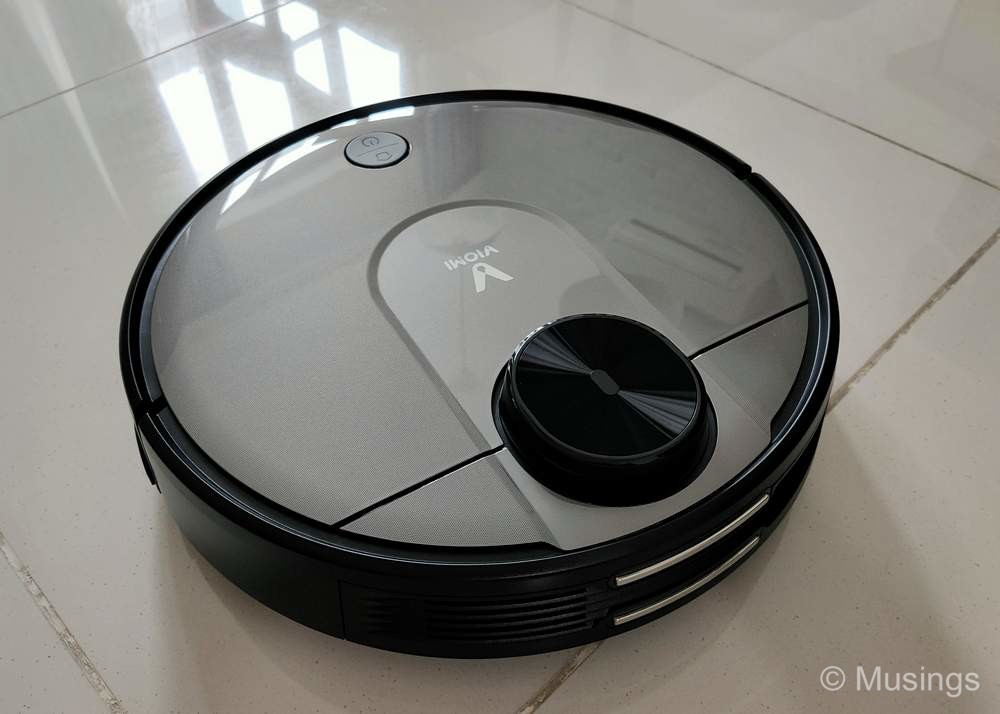
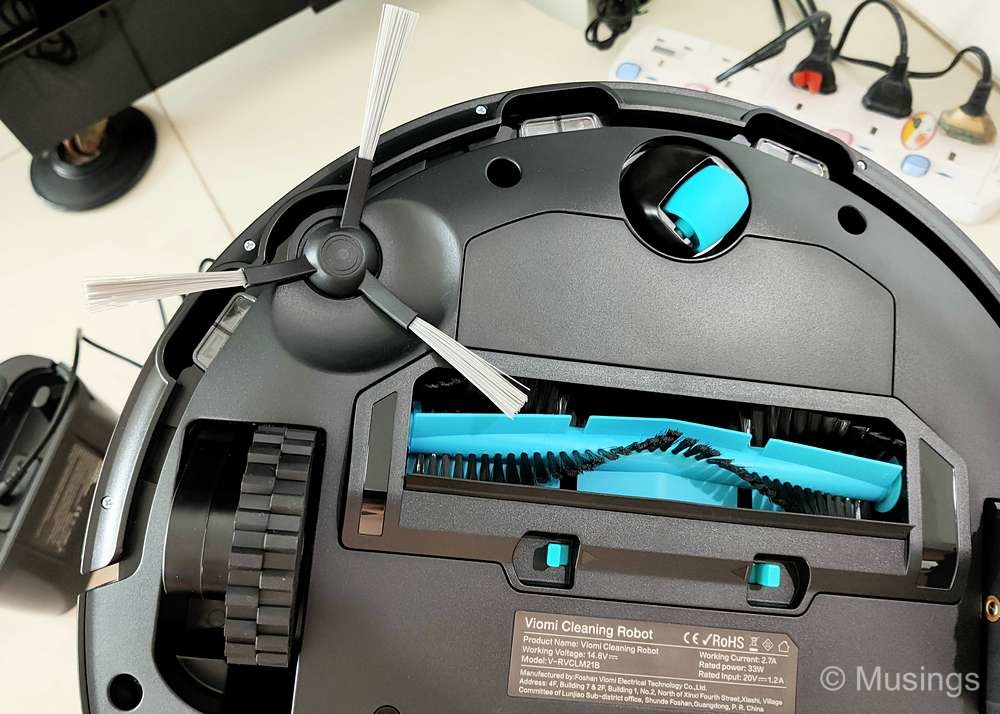
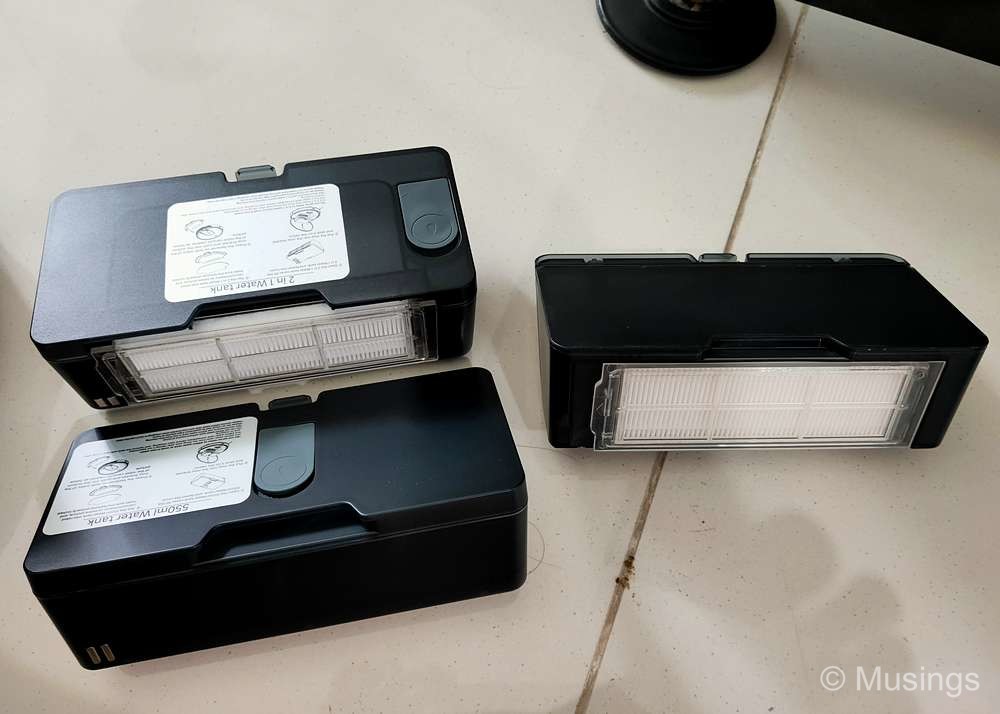
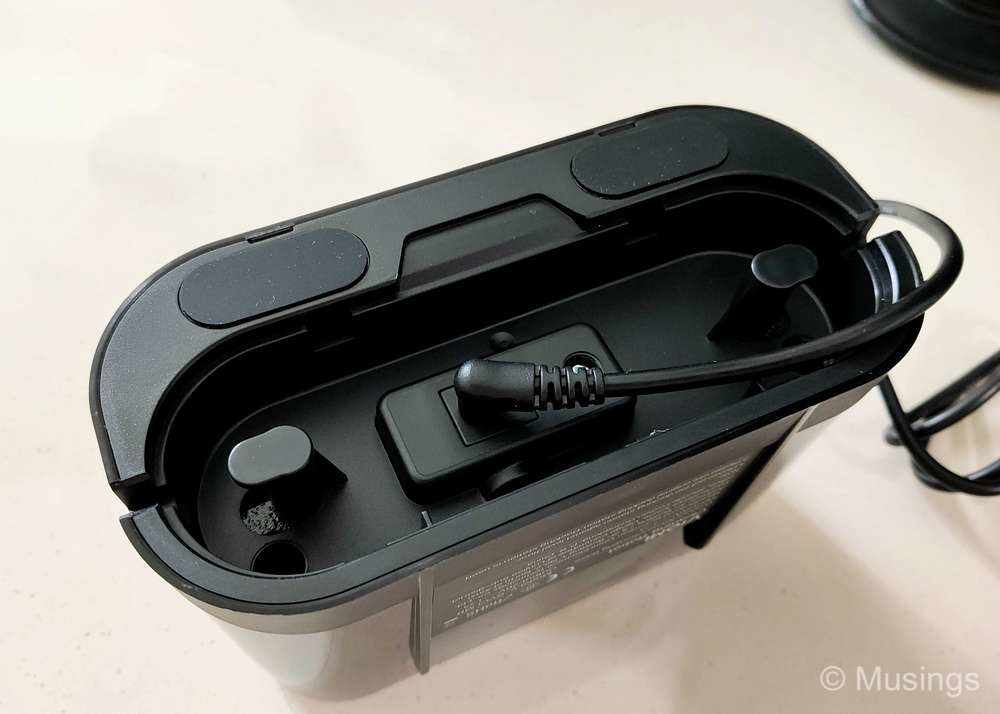
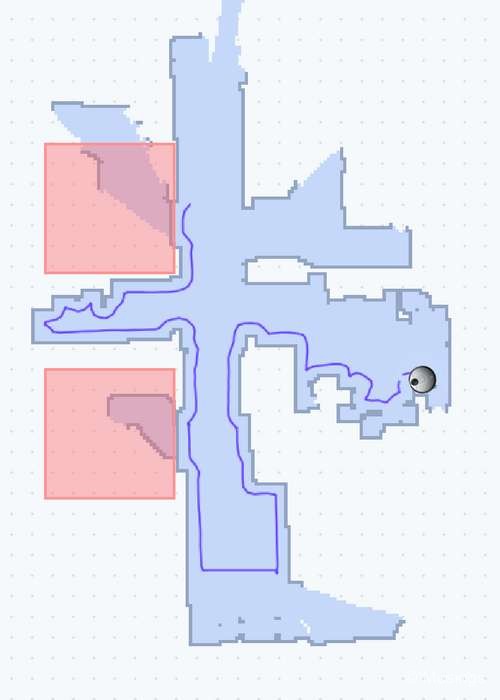
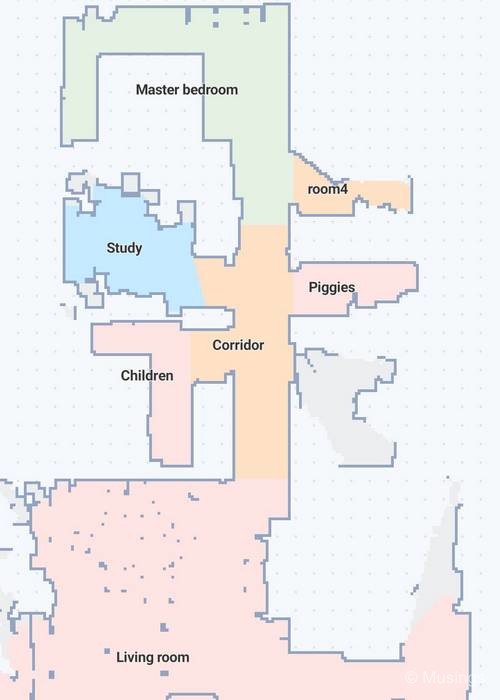
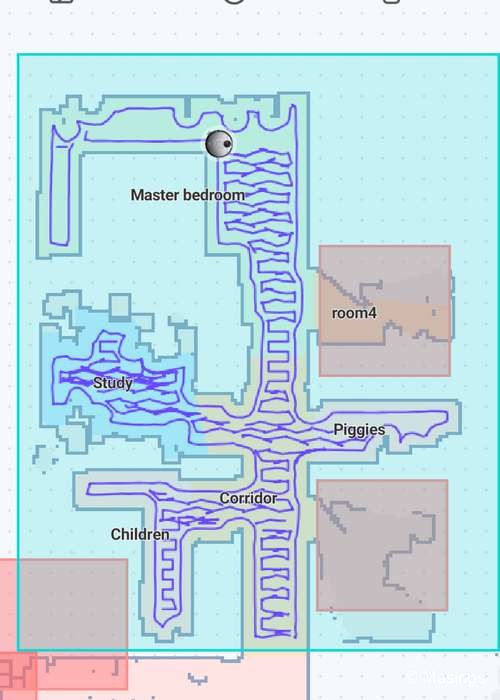
So, in all, I’m pretty happy with this replacement, aside from it being a fairly costly gadget for vacuum cleaner types. I’ll do a follow-up post half a year from now. Hopefully it’s still working then!
Recent comments